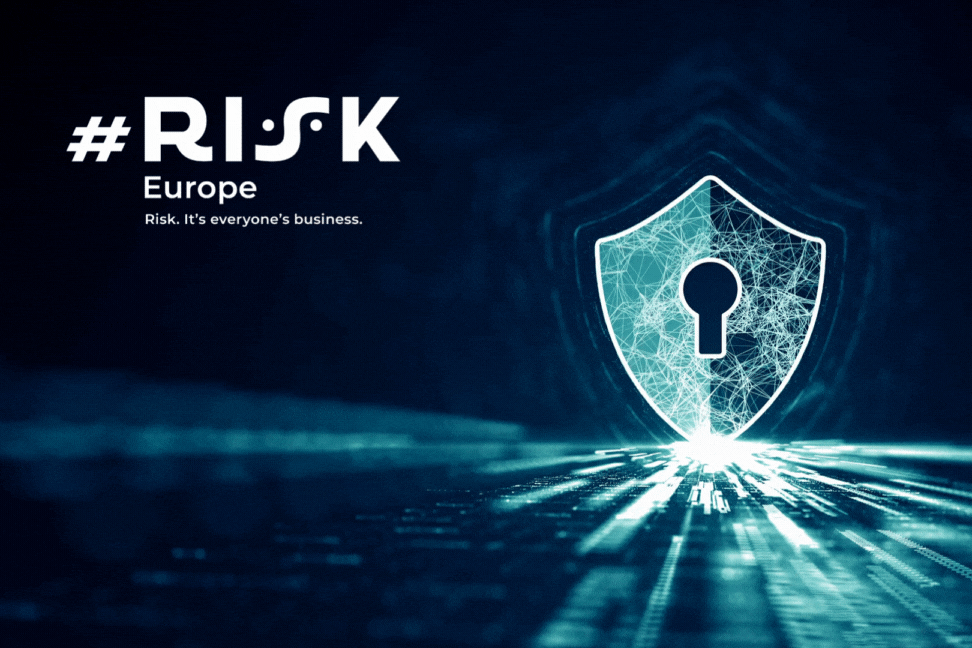A new report has been released looking at priorities organisations should concentrate on in a bid to improve business security as global economies emerge from the Covid-19 pandemic.

The report, published by Stanley Security, contains the views of leading sector innovators, tech experts and end users, and explores how security advancements can be integrated into corporate IT infrastructures in a way that can solve business challenges while giving operations a modernising overhaul.
Besides revealing key security trends in the twelve months to come, the report discusses how organisations are increasingly understanding the urgency need for security solutions that can power digital transformation and strengthen cyber defences.
Matthew Kushner, president at Stanley Security, said:
“Security is much more than protecting organizations, assets, and people; it can also offer organisations a competitive advantage.
“[This report] focuses on just that – how technology and the insights it provides can empower businesses. It highlights how application and innovation within the industry can help organisations integrate security technology to become more proactive and efficient.”
Safeguarding hybrid
Experts identified that one of the top concerns of business leaders regarding embracing the hybrid model is the security of their organisation’s assets, including their inventory, equipment, and facilities (72%). This was followed by keeping up with technology advances and continued digitalisation (69%), and the health and safety of their employees and customers (59%).
The report found “navigating the future of the workplace” and an “always-on approach to security” to constitute two further trends that chiefs need to be mindful of as we move into the New Year.
Accordingly, protection concerns have now expanded beyond the threshold of the office to include employees’ homes. In order to keep workers safe and secure, companies need to consider holistic solutions to improve wellbeing, regardless of desired working destination.
Alongside this, as facilities are no longer fully occupied with hybrid working, businesses will also need greater oversight of security.
Automation and AI imperative for protection and optimisation
Doing more with less is no longer an option but a necessity for many. But as budgets tighten, and with added pressures on resources of time as well as labour, many firms are turning to automation to accomplish tasks quicker and with greater accuracy.
In the digitising climate, AI, machine learning (ML) and advanced analytics appear as essentials for those organisations looking to maintain any kind of competitive edge through 2022.
The top reasons amongst business leaders for looking to implement these technologies include optimising their operations (78%), protecting their people (66%), and safeguarding their assets (66%).
This past year also saw supply chains thrown into crisis, causing delays and disruption around the world. As such, the urgent need to protect supply chains is also predicted to rise as a key trend through the coming four quarters.
Here too, AI, ML and security technology will play decisive roles in helping to safeguard against future disruption.
Communication
One of the most exciting opportunities and predicted trends for the security industry in 2022 is the intersection of 5G, security, and IoT 2.0. The expansion of RTLS technology, wide-scale connectivity and accessibility of 5G, and the power of IoT-enabled security solutions are expected to deliver immense operational benefits for businesses.
Of those businesses which have already integrated 5G technology into their operations, the most reported benefits were increased efficiencies with work process and outputs (72%), improved ways to process data (57%), and improved remote work capabilities (47%).
Research conducted by Stanley Security found that almost half (48%) of businesses surveyed are looking to adopt 5G technology over the next 18 months.
This adoption will power a new generation of asset tracking and environmental monitoring solutions. More so, as devices become smaller, faster, and less expensive, the population of IoT will grow exponentially, creating further opportunities for businesses.









No comments yet